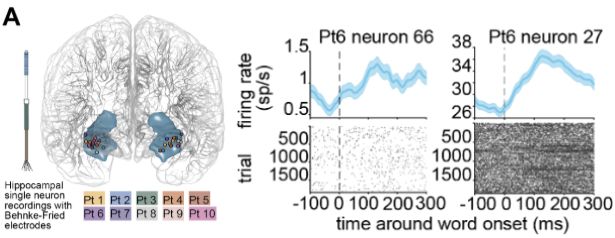https://marcociapparelli.github.io/
w/ @fepdelia.bsky.social, @hopekean.bsky.social, @lampinen.bsky.social, and @evfedorenko.bsky.social
Link: www.pnas.org/doi/10.1073/... (1/6)
w/ @fepdelia.bsky.social, @hopekean.bsky.social, @lampinen.bsky.social, and @evfedorenko.bsky.social
Link: www.pnas.org/doi/10.1073/... (1/6)
Did you know Germans averaged 53 taboo words, while Brits e Spaniards listed only 16?
Great to see the work of our colleague Simone Sulpizio & Jon Andoni Duñabeitia highlighted! 👏
www.theguardian.com/science/2025...

Did you know Germans averaged 53 taboo words, while Brits e Spaniards listed only 16?
Great to see the work of our colleague Simone Sulpizio & Jon Andoni Duñabeitia highlighted! 👏
www.theguardian.com/science/2025...
academic.oup.com/cercor/artic...

academic.oup.com/cercor/artic...
With Marco Marelli (@ercbravenewword.bsky.social), @wwgraves.bsky.social & @carloreve.bsky.social.
doi.org/10.1093/cerc...
With Marco Marelli (@ercbravenewword.bsky.social), @wwgraves.bsky.social & @carloreve.bsky.social.
doi.org/10.1093/cerc...
www.biorxiv.org/content/10.1...

www.biorxiv.org/content/10.1...

It's geared toward psychologists & linguists and covers extracting embeddings, predictability measures, comparing models across languages & modalities (vision). see examples 🧵

It's geared toward psychologists & linguists and covers extracting embeddings, predictability measures, comparing models across languages & modalities (vision). see examples 🧵
slides: shorturl.at/q2iKq
code (with colab support!): github.com/qihongl/demo...

slides: shorturl.at/q2iKq
code (with colab support!): github.com/qihongl/demo...
1/7 Happy to share new work with Marco Marelli, @wwgraves.bsky.social & @carloreve.bsky.social! We re-analyze fMRI studies to identify which regions represent semantic information compositionally, and what operations best describe composition.
doi.org/10.1101/2025...

1/7 Happy to share new work with Marco Marelli, @wwgraves.bsky.social & @carloreve.bsky.social! We re-analyze fMRI studies to identify which regions represent semantic information compositionally, and what operations best describe composition.
doi.org/10.1101/2025...
"Word" scoring is now a thing! You just have to supply your own splitting function!
pip install -U minicons for merriment
![from minicons import scorer
from nltk.tokenize import TweetTokenizer
lm = scorer.IncrementalLMScorer("gpt2")
# your own tokenizer function that returns a list of words
# given some sentence input
word_tokenizer = TweetTokenizer().tokenize
# word scoring
lm.word_score_tokenized(
["I was a matron in France", "I was a mat in France"],
bos_token=True, # needed for GPT-2/Pythia and NOT needed for others
tokenize_function=word_tokenizer,
bow_correction=True, # Oh and Schuler correction
surprisal=True,
base_two=True
)
'''
First word = -log_2 P(word | <beginning of text>)
[[('I', 6.1522440910339355),
('was', 4.033324718475342),
('a', 4.879510402679443),
('matron', 17.611848831176758),
('in', 2.5804288387298584),
('France', 9.036953926086426)],
[('I', 6.1522440910339355),
('was', 4.033324718475342),
('a', 4.879510402679443),
('mat', 19.385351181030273),
('in', 6.76780366897583),
('France', 10.574726104736328)]]
'''](https://cdn.bsky.app/img/feed_thumbnail/plain/did:plc:njnapclhkbrhe3hsq44q2e4w/bafkreibw7fjs4zeocjmfvpr4fo7wikiqenbdz7b3clwq2rolckpoqwkssu@jpeg)
"Word" scoring is now a thing! You just have to supply your own splitting function!
pip install -U minicons for merriment
"How do multiple meanings affect word learning and remapping?" was published in Memory & Cognition!
Big thanks to my supervisors and co-authors (Iring Koch & @troembke.bsky.social).
Curious? Read it here: rdcu.be/eeY9o
#CognitivePsychology #WordLearning #Bilingualism
"How do multiple meanings affect word learning and remapping?" was published in Memory & Cognition!
Big thanks to my supervisors and co-authors (Iring Koch & @troembke.bsky.social).
Curious? Read it here: rdcu.be/eeY9o
#CognitivePsychology #WordLearning #Bilingualism
doi.org/10.1111/cogs...

doi.org/10.1111/cogs...

